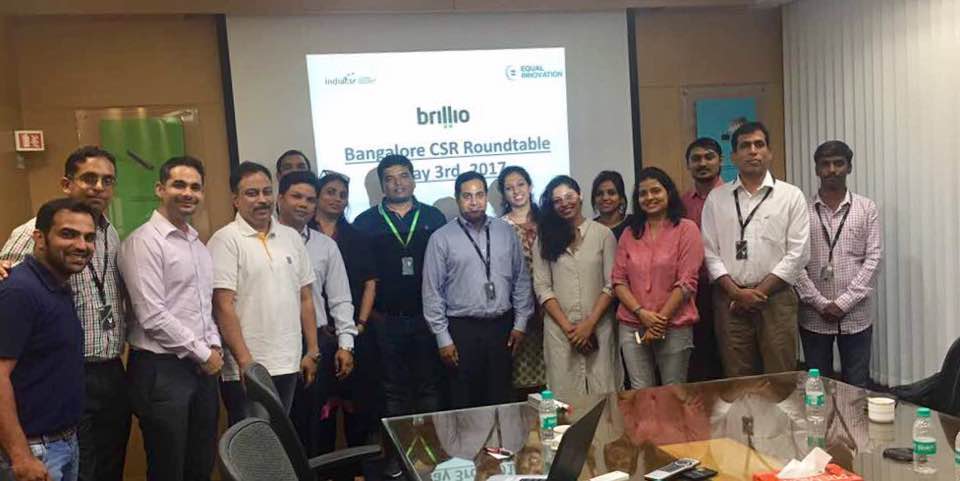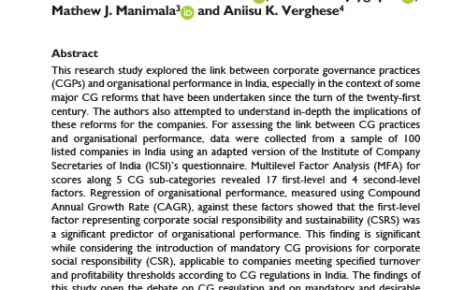It began as an exploratory discussion on common challenges that CSR practitioners, NGOs and community champions can solve. At the end of the Bengaluru CSR Roundtable at Brillio on May 3 participants discovered more than they bargained for – answers to niggling problems in CSR implementation, opportunities to improve value for beneficiaries, approaches to better engage employees and much more.
To me, like for many who participated, it seemed like mistrust between companies and the non-profit world continues to be a barrier to progress and collaboration. While communication and transparency were approaches mooted to overcome the divide, it did seem like the gap was widening.
How does one bridge the gap? Can CSR practitioners play a role? I think so. Here are 4 approaches.
– Research-led insights to improving impact: it seems surprising that many key decisions on community funding or employee volunteering engagement are done bereft of strong, proven research-led insights. This leads to poor selection, planning, actions and worse – lukewarm impact. Organizations struggle to pinpoint the reasons and end up creating more initiatives to overcome the basic issues which could have been addressed at the start. By grounding good intent with solid beneficiary related research organizations can make meaningful contributions.
– Checks and balances for governance: Defining what ‘good looks like’ can help funders and beneficiaries chart out a common ground before getting into implementing solutions. What may seem right for one party may be a concern for the other. Not knowing how to oversee and monitor progress in a structured and consistent manner can result in lopsided opinions and missed expectations when decisions are made the next time around. It isn’t about enough commitment within organizations but the lack of clarity and purpose that dilutes the expected outcomes.
– Immersion in each other’s world: Not seeing through the eyes of the other is probably causing challenges when it comes to jointly making a difference to the communities. Sending employees to witness and experience the realities on the ground can be eye-opening and life-changing. More often than not, it also gives confidence to non-profits that their partner is serious about their actions. Helping non-profits build capacity through training, process design and approaches to measure their impact will be welcomed. Helping employees with opportunities to bring their business skills to areas that need it most can matter to appreciating the world far removed from the workplace.
– Willingness to share and learn from each other, selflessly: This seems to be the hardest part, although it shouldn’t be, right? Most answers are already out there and there is a huge possibility that a solution to the issue your organization is tackling already exists. There is also a wealth of knowledge and depth of expertise that is it a shame when not put to great use. One participant spoke of how borrowing a well-developed app from a neighboring country and bringing it to bear in India solved what they were working on. Unfortunately, when self-interest comes into the picture it breeds mistrust – something to consider while filtering out whom to engage with and how.
Overall, there is an awakening to the value of social responsibility on both sides. However, breaking out of the ‘one-upmanship’ mindset is the first step to improving our chances of collective success.
If you found this article useful, do follow me on Linkedin



